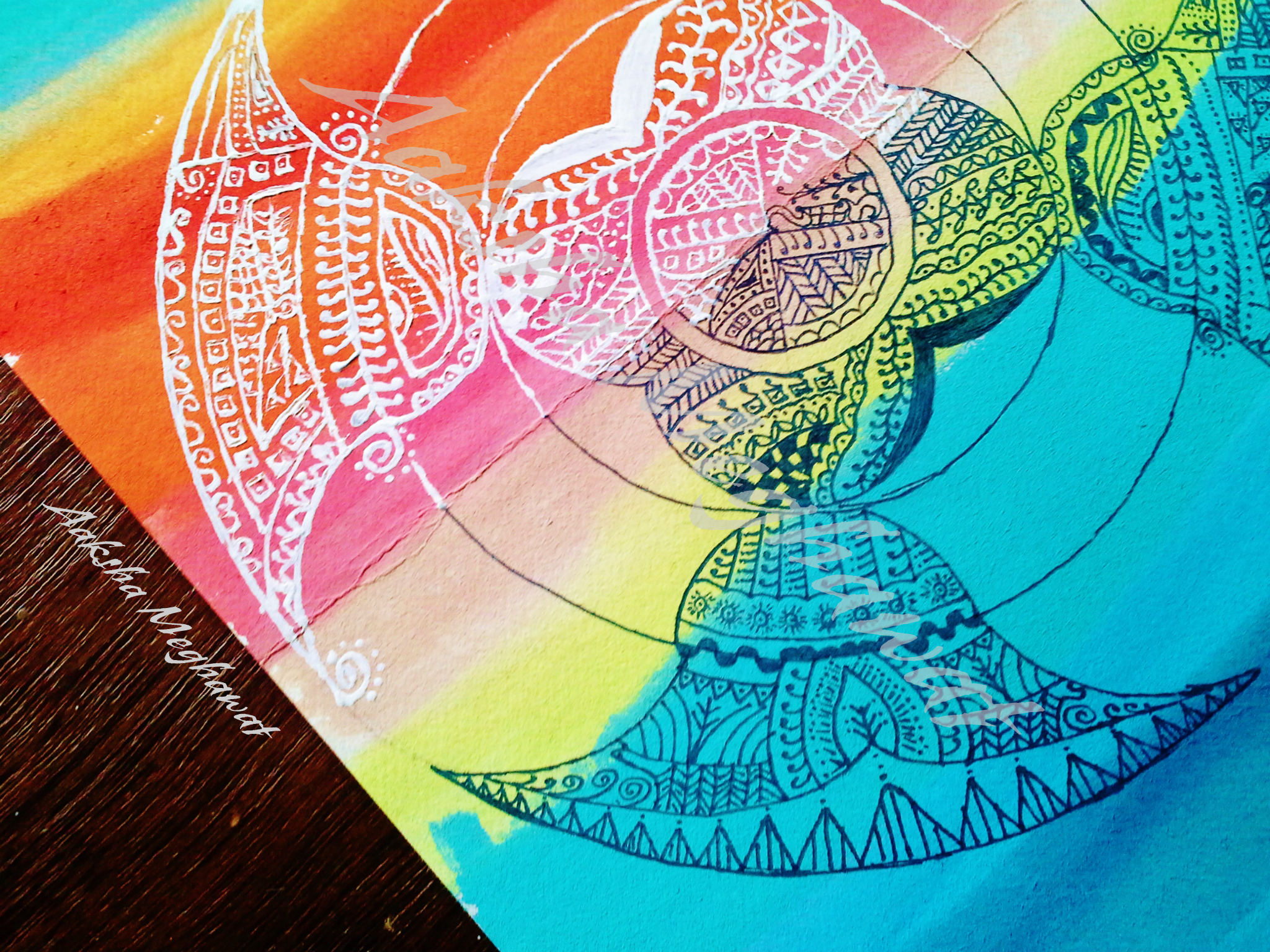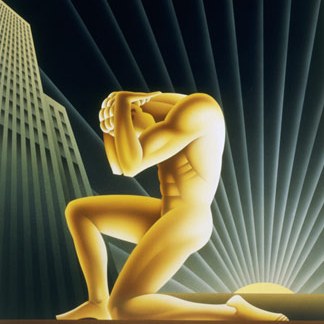Author: Aaksha Meghawat
-

Why I love ‘Zero to One’: The Contrarian Question
I am overwhelmed with Peter Thiel’s ‘Zero to One’. Do not confuse that with admiration. I am simply overwhelmed because I have rarely ever read a book that is so insight-heavy. The book’s title goes something like ‘Notes on Startups’. I feel you might as well replace that with ‘Notes on Modern Day Wisdom’ and…
-
Stranger
To share with the familiar No burdens To share with the friend No hurdles Will you be my Stranger? Listeners who only talk Talkers who only babble Babblers lost in their cacophonous minds Everything’s a squabble Will you be my Silence? Many have come And taken Many have drunk And walked away shaken Will you…
-

My Django Journey
I have been wanting to put this together for over a year now. This is a collection of great blogs, tips, tricks, tutorials, how-to-s that helped me go from an absolute Django noob to setting up a full fledged website (solely depending on them). I have benefited tremendously from open source software as a student…
-

Of Colour, Minutiae & Madhubani
In my last post I had briefly described how the brilliant art centre at Sahyadri School enabled me to explore various art techniques from around the globe. But as I was putting together and cataloguing my work for this piece, I realized that my connection with artistic expression stems from a time much earlier than…
-

Warrior in a Pink Sari- Excerpts
The international and Indian media has failed to represent women in non-conventional roles. While the list of atrocities, crimes, subjugation and discrimination against women is endless and keeps expanding, the cultural, religious and even spiritual representation of women mostly just helps to add fuel to the fire. I do not like to delve in this…
-

The Buddha Theme
I was an artist before I became an engineer. This was possible because of the brilliant art centre set up at Sahyadri School where I had the opportunity to explore several artistic cultures and techniques. In my 2nd year of this exploration, I found myself very inspired by Asian art revolving around the Buddha. Having…
-

WITHIN
What am I? A state of mind A situation An occurrence A floating leaf in the flowing river A speck in the great rush A draft in the making An event in the rolling time To subject my energy to the vagaries My soul to the torment My tranquillity to attachment My purpose to an…
-
On Inspiration and Entrepreneurship
This post is inspired from ‘The Social Network’. Before you read on, if there is a thought lurking somewhere in your mind that here’s another article singing a song of facebook, joining in hundreds of people doing the same thing all over the world, well then no, not really. Today I want to think about…
-
Intense
Winston Churchill once said, ” From intense complexities emerge intense simplicities.” The veracity of that is realized when life thrusts you into a quandary. A quandary of sorts. When the mind cannot any longer comprehend one’s situation or how one got there. When all reasoning and implications are either insufficient or turned on their head.…
